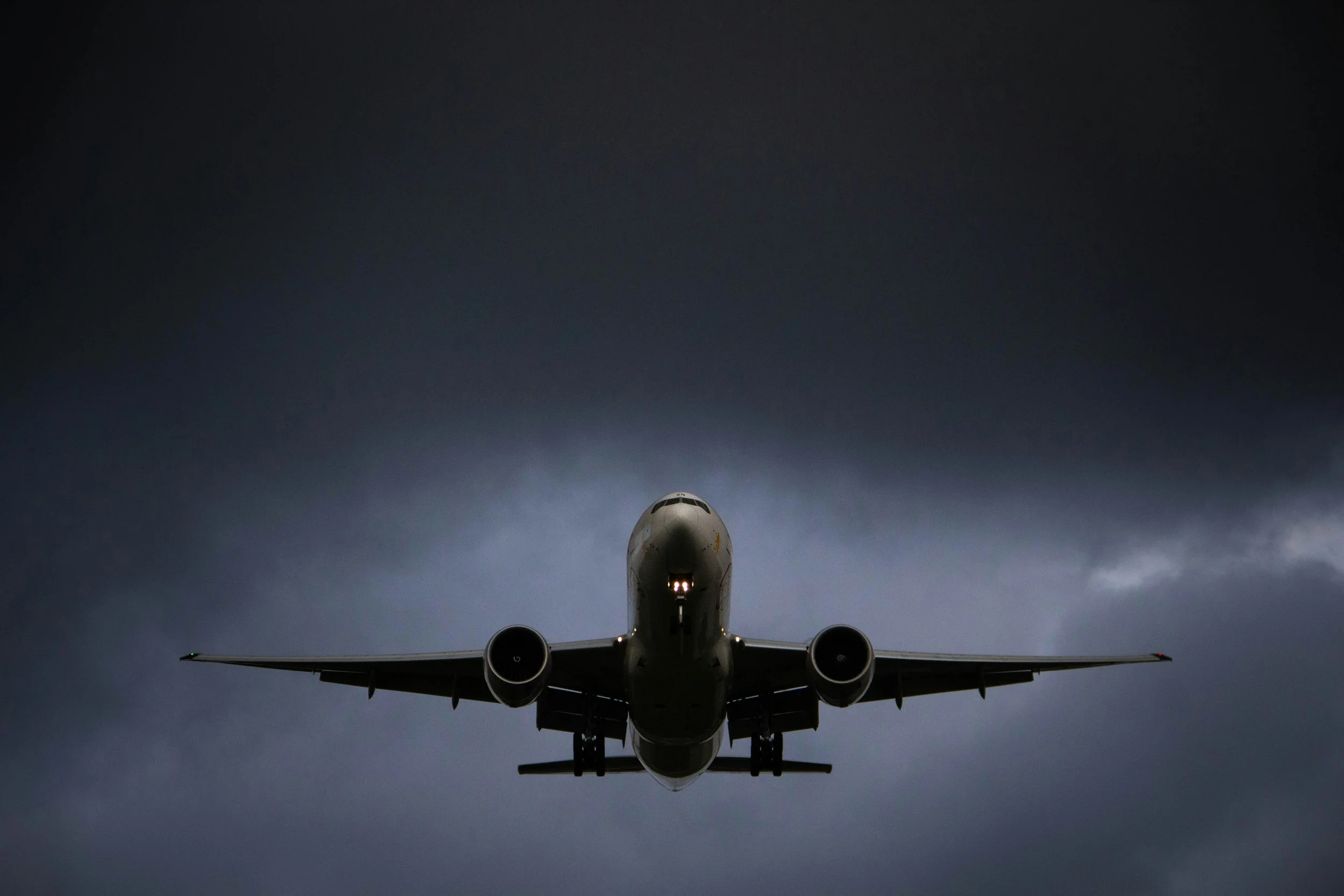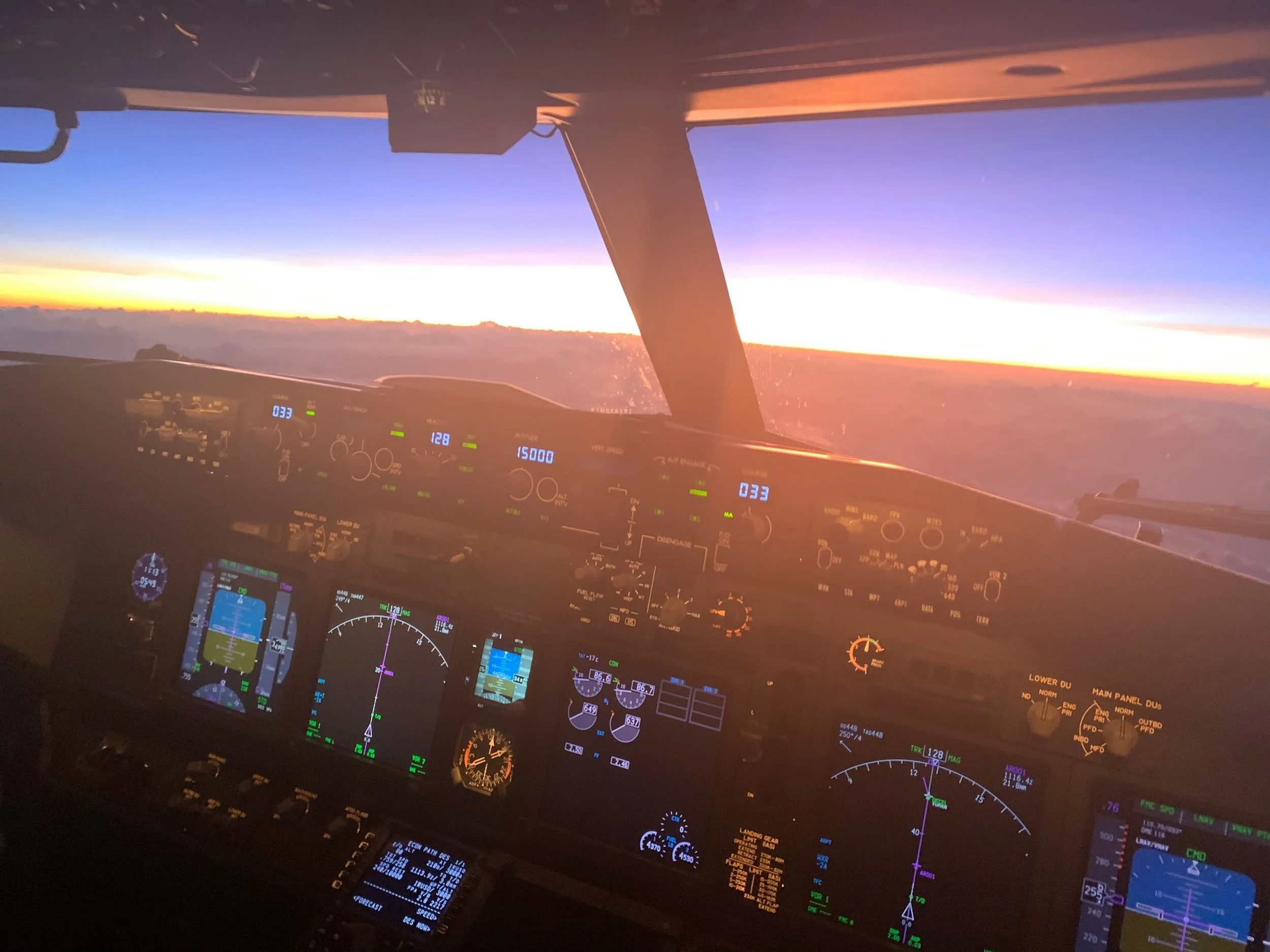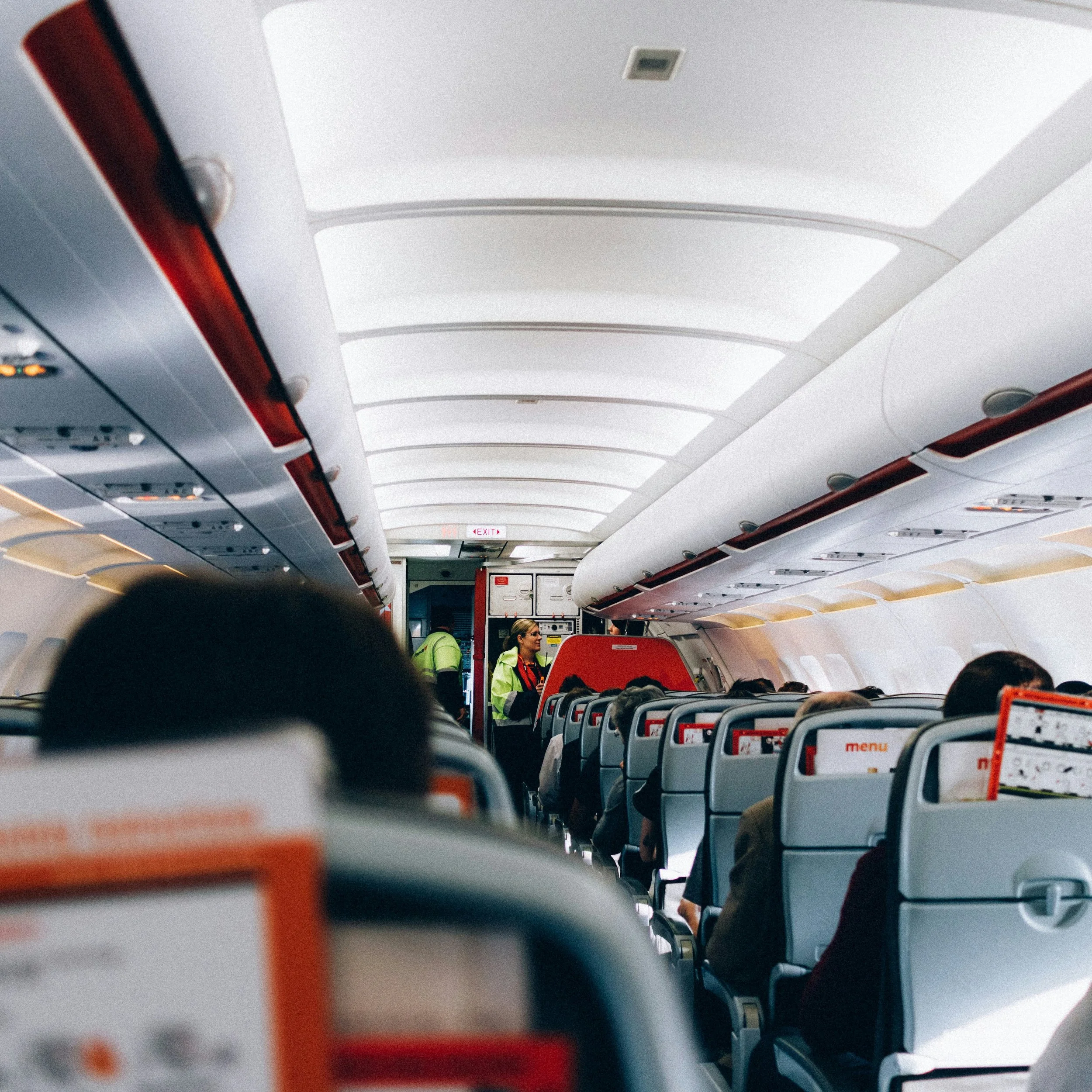Does Turbulence Mean Danger?
The Truth About Those Bumps in the Sky
The seatbelt sign dings. The plane starts to shake. Coffee sloshes. A baby cries.
Your brain screams: “This is it!”
But here’s the truth, straight from the cockpit:
Turbulence might be uncomfortable — but it’s rarely dangerous.
In fact, those mid-air bumps are a normal part of flying — and your plane is built to handle way worse.
Let’s break down the turbulence myth and explain why that shaky flight isn’t something to fear.
What Is Turbulence, Anyway?
Turbulence is just irregular air movement — like potholes in the sky. It happens when:
Jet streams shift
Weather systems clash
Mountains create waves in the air
Hot air rises (aka thermal turbulence)
Or even when another plane leaves behind a wake
It’s all part of the atmosphere doing its thing.
And just like waves in the ocean, turbulence is bumpy, not deadly.
Your Plane Is Built for This
Modern aircraft are engineered to withstand extreme stress — far more than anything turbulence throws at them.
Planes flex. Wings bend (on purpose!). Every part is tested against violent forces in wind tunnels and simulated storms.
That little shake you feel in your seat? It’s nothing to the plane.
What Do Pilots Actually Think of It?
Most pilots treat turbulence like a mild annoyance, not a safety threat.
They monitor weather patterns, adjust altitude, and talk to air traffic control or other pilots to find smoother air.
Fun fact: Pilots often slow the plane down in turbulence — not because they’re worried, but because it reduces stress on the aircraft and feels smoother for passengers.
When It Can Be Dangerous: Injuries from Movement
The real danger? Not the plane — it’s people not wearing seatbelts.
Most turbulence-related injuries happen when passengers or crew aren’t buckled up.
That’s why the seatbelt sign matters — even if the air seems calm.
Moral of the story? Keep it buckled. Always.
Turbulence vs. Fear: Why We Freak Out
Turbulence triggers anxiety because:
You’re not in control
It feels unpredictable
Hollywood has over-dramatized it for decades
But seasoned travelers — and especially flight crews — know it’s just part of the ride.
Like a speed bump, not a cliff.


